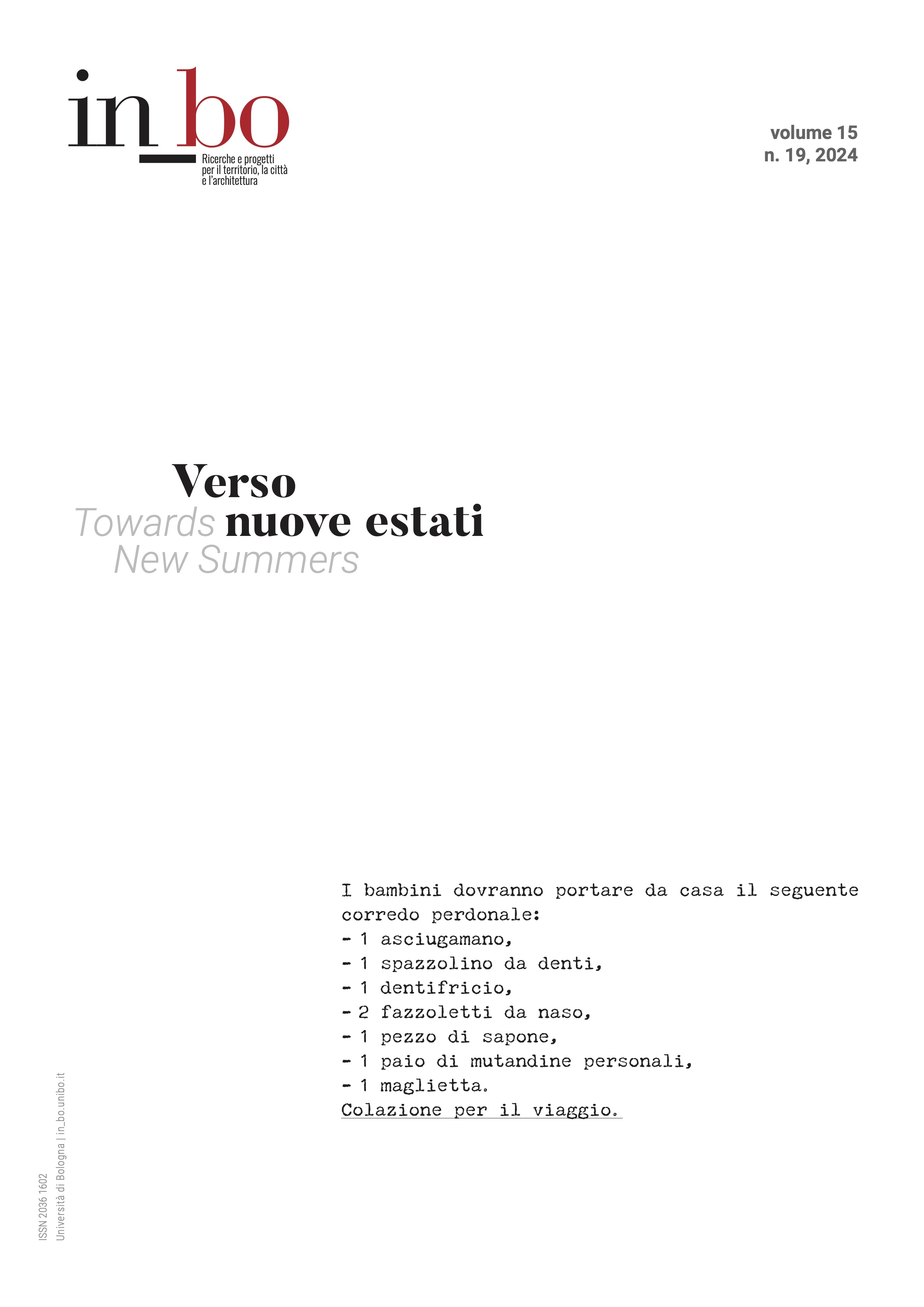From Sanatoria to Holiday Camps for Children: Some Case Studies in Brittany
DOI:
https://doi.org/10.6092/issn.2036-1602/16528Keywords:
sanatori, stazioni balneari, turismo sociale, colonie per l'infanzia, architettura per lo svagoAbstract
Brittany, a maritime territory, became at the end of the nineteenth century a territory of health and social experiences driven by a medical discourse that emphasised both the therapeutic virtues of seawater and the prophylactic qualities of sea air. Through regional examples, this study evokes the installation on the Breton coast of the first holiday camps for children, whose beneficiaries came from many French industrial towns, and benefited from the salubriousness of this marine climate. This study emphasizes the variety of the specialized establishments created in Brittany: from simple open-air schools to sanatoria and marine hospitals, which are then responsible for the fight against tuberculosis. These examples demonstrate how some municipalities specialized in hosting holiday camps for children, and how sometimes the proximity of these establishments to a more traditional resort led to conflicts on the use of the beach. The study highlights that after 1945 the social works of large French public companies multiplied the holiday camps for children on the Breton coast. Finally, the conclusion evokes the current situation, where this type of collective holiday is in crisis, and how the municipalities and institutions in charge of these establishments try to resist a very significant real estate pressure on the much-coveted Breton coast.
Downloads
Published
How to Cite
Issue
Section
License
Copyright (c) 2024 Philippe Clairay

This work is licensed under a Creative Commons Attribution-NonCommercial 4.0 International License.





